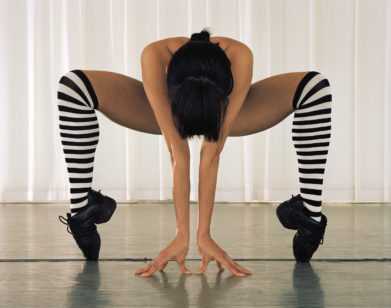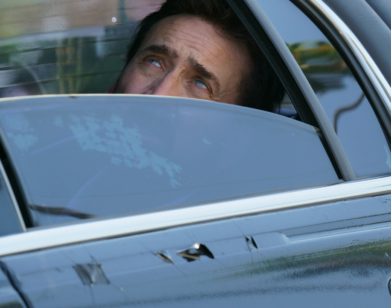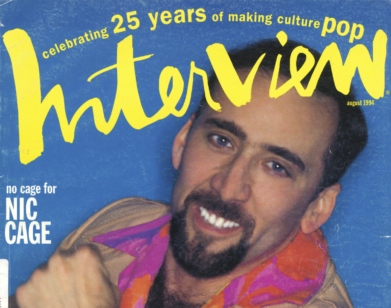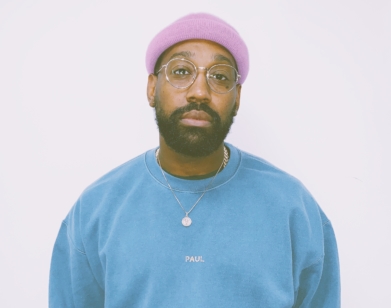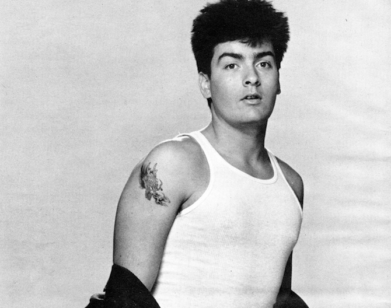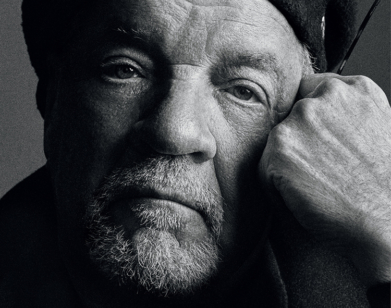Five reasons why Valley Girl remains one of the best teen films ever
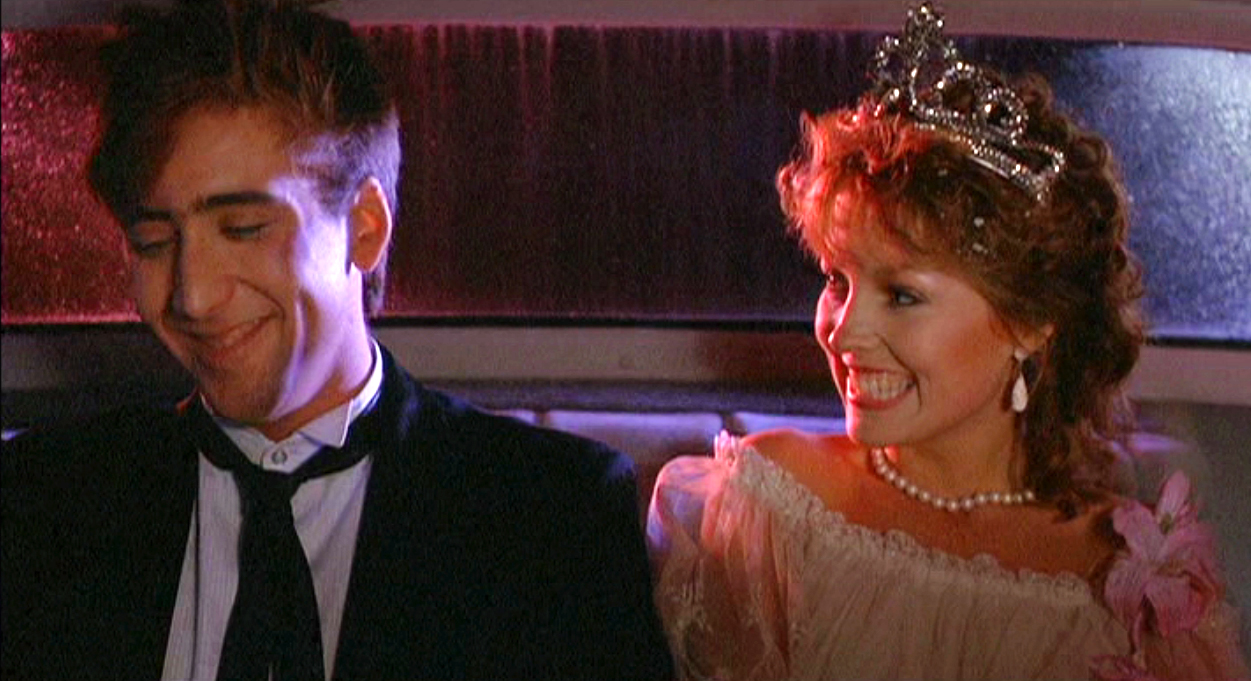
IMAGE COURTESY OF MGM
Decades before the coming-of-age genre became flooded, attempting to portray troubled teens in the broader context of social, class and racial issues of a world not necessarily in their own hands, one goofy teen rom-com defied the picture-perfect representations of its era. The original Valley Girl [1983] not only gave us an 18-year-old Nicolas Cage (in his breakout role), but successfully celebrated and subverted the superficiality of the Brat Pack teen characters. It was mainlined through the sensitive yet assured gaze of director Martha Coolidge and loosely based on a Romeo and Juliet tale of young love.
Julie (Deborah Foreman), Randy (Cage) and the rest of both gangs (San Fernando Valley versus Hollywood Punk) were struggling with sex, identity, peer pressure, judgement and general teen angst. As we await a release date for a 2018 remake due to star disgraced YouTuber Logan Paul, we look back at what made the original so unforgettable.
It redefined the “Valley Girl”
Taking its title from the 1982 Frank Zappa song—which was a hit for Zappa and his daughter, Moon Unit—the film attempted to redefine Zappa’s disgust for the “Valley Girl” term. Presenting Julie and her mall-walking gal pals as self-analytical in their struggles made even the cheesiest of the film’s bedroom jiving, hair roller sequences both humane and endearing. To boot, Coolidge took traditional “Valspeak”—“for sure,” “bitchin’”—and made it mainstream. It now stands as a time capsule for the language and phrasing of the time. And cleverly, Coolidge doesn’t present us with any chocolate-box variety Valley parents but bohemians from the Woodstock generation, looking on with their own wonder.
The complex love triangle
It’s no coincidence that the two lovers are called Randy and Julie, or that their first date kiss is in front of a cinema marquee for Romeo and Juliet. Loosely based on Shakespeare’s star crossed lovers, restricted by the differences of their familial situations, Coolidge clearly defined the opposing looks—Valley and Hollywood punk—based on real observations of teen pressure and local conflicts of the time, including Julie’s fear of being dropped by her girl gang if she ditches preppy Tommy (Michael Bowen) for Cage’s Randy. At the time, Coolidge told Kickin’ It Old School, “It’s not about marriage, but about love and growing up and differentiating enough to love.”
The shower scene was an iconic stalking sequence
After the party scene—the first time Randy and Julie actually talk, and from which Randy gets kicked out and ostracized for not being part of the Valley set—a long sequence unfolds in which Randy pursues his girl, climbing into the bathroom and hiding in the shower until Julie walks in. He persuades her to join him on a beautiful tour of downtown L.A. Shot in an almost cinema vérité style, the lived-in quality allows the audience in, while never compromising on sizzling chemistry between Cage and Foreman (who were rumored to be dating at the time).
’80s fashion drew a line between the Hollywood Punk and Valley Girl
The budget was so tight at the time, that the cast openly admitted to wearing their own clothes for the film. With the term “Valley Girl” synonymous with a then-contemporary suburban lifestyle, mall-going favorites included dangly, plastic earrings, legwarmers, headbands, bangles, shoulder pads, polo shirts and all the ’80s staples. It contrasted the colored hair, biker jackets and ripped denim of the punk gang.
The soundtrack featured New Wave artists of the time including The Plimsouls, who also star
Long before ’80s classics got played out, Valley Girl featured Psychedelic Furs and a host of other New Wave artists emerging at the time. The film turned Modern English’s “I Melt with You,” set to a three-minute love-in between Randy and Julie, into the anthem of a generation overnight. And The Plimsouls added their own flavor by playing “A Million Miles Away” during the Club Central scene. Add in Josie Cotton who plays “Johnny, Are you Queer” at the prom and you have a hit soundtrack, which was re-released in 1994.

